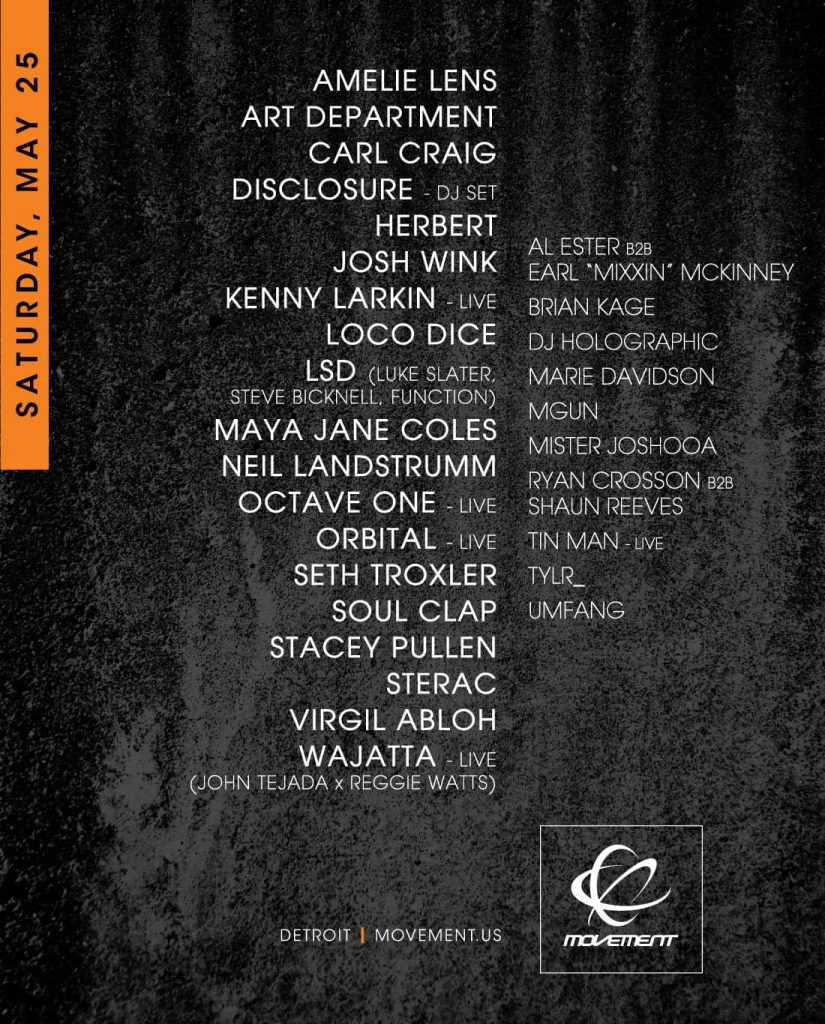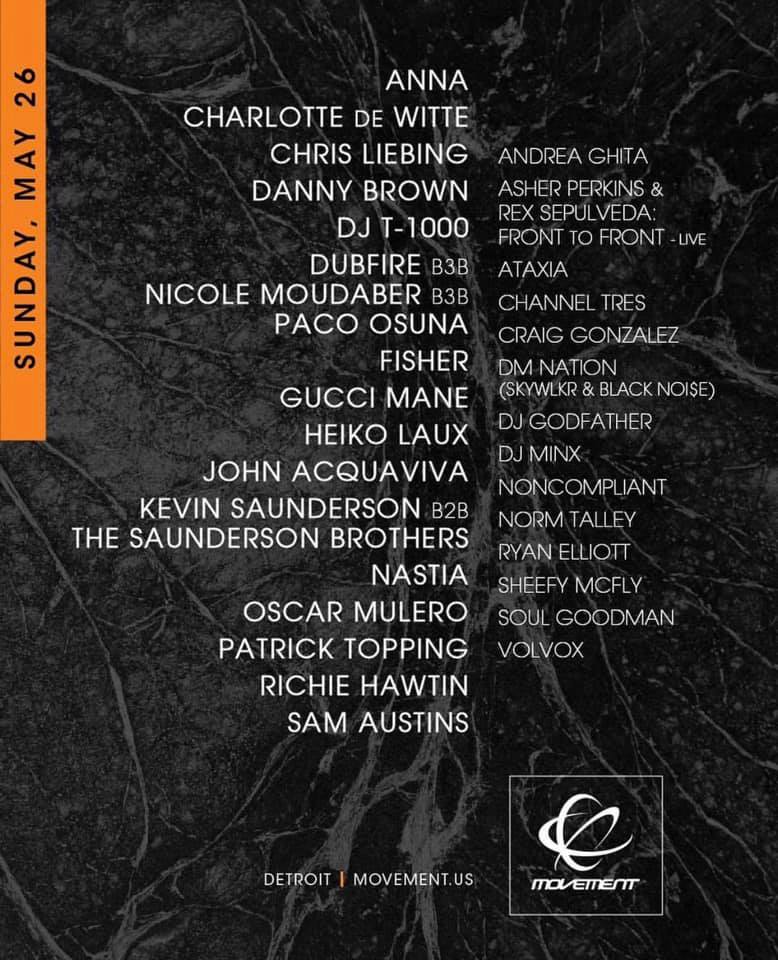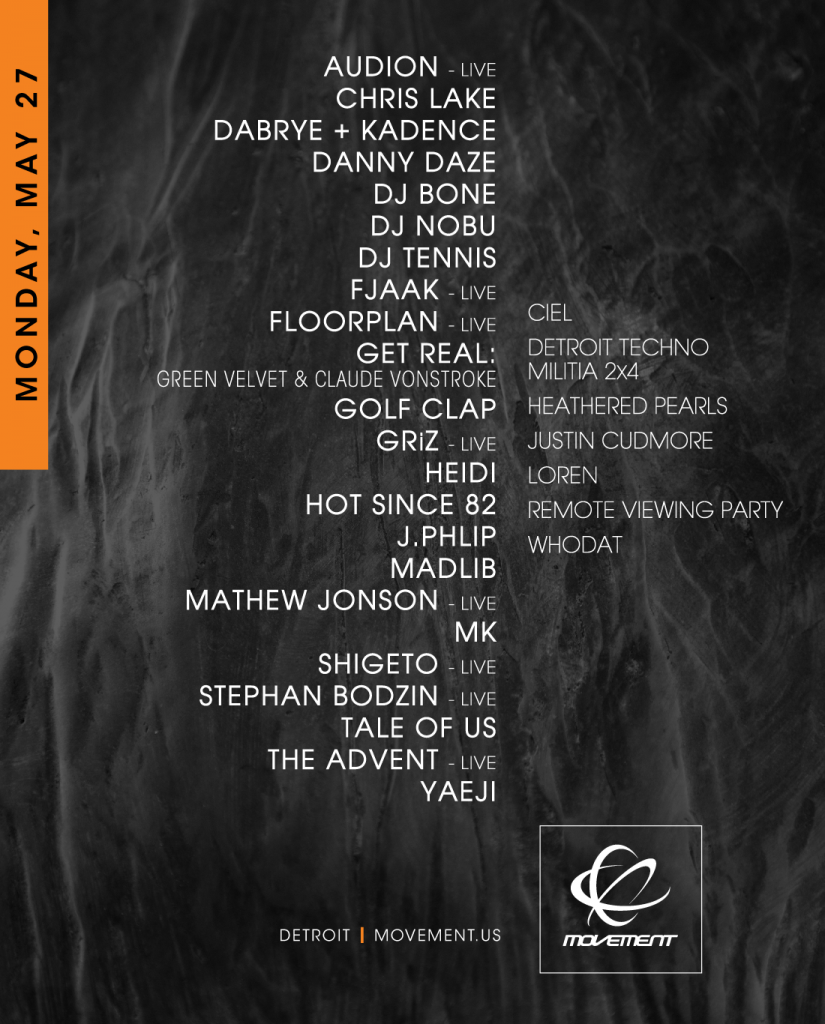rEAGENZ live @ gottwood 2019
Finn Audio’s Jani Ho Live @ Basement Detroit
Amp Fiddler & John Collins | Detroit, USA
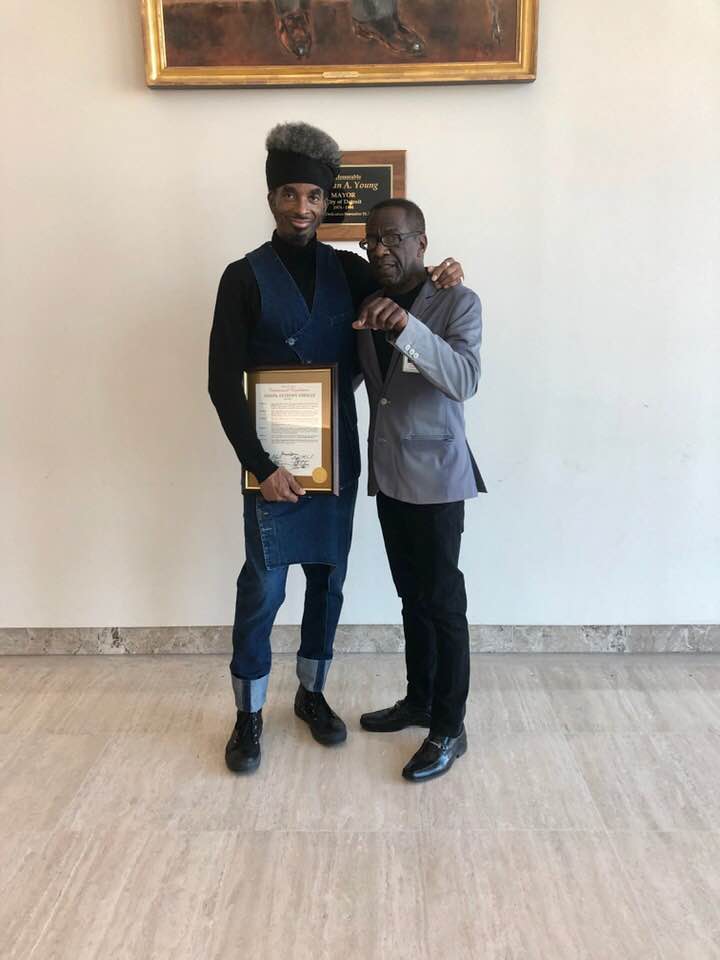
Ash Lauryn | Black Girls Like Techno Too DJ Mix
Detroit Techno Militia | Live @ Movement / Detroit, USA
Drexciya Special with A Qadim Haqq, Stephen Rennicks & Andrew Duke
Part 1: A. Qadim Haqq (bit.ly/2K4TNlU) interview & selections
T/error & 4th Genome – Bass Agenda Intro
Drexciya – Depressurization
Drexciya – Drexyen Star Chamber
Drexciya – Powers of the Deep
Drexciya – C To The Power Of X + C To The Power Of X = MM = Unknown
Drexciya – Bubble Metropolis
Drexciya – WaveJumper
Drexciya – You Don’t Know
Part 2: Stephen Rennicks (www.drexciyaresearchlab.com) interview & selections
L.A.M – Toxic TV
Drexciya – Black Sea
Drexciya – Mantaray
Drexciya – Digital Tsunami
Drexciya – Surface Terrestrial Colonization
Drexciya – Oxyplasmic Gyration Beam
Clarence – Data Transfer
L.A.M – Radius of Infliction
Drexciya – Nautilus 12
Drexciya – Hydro Cubes
Drexciya – Aquabahn
Elecktroids – Mystery World
Drexciya – Andreaen Sand Dunes
The Other People Place – Let Me Be Me
Abstract Thought – Bermuda Triangle
Drexciya – Hightech Nomads
Part 3: James Stinson interview with Andrew Duke (1999) (cognitionaudioworks.com/)
Drexciya – Undersea Disturbances
Drexciya – Positron Island
DJ Vadim – Getting Friendly
Drexciya – Unknown Journey VI
Drexciya – Take Your Mind
Drexciya – Unknown Journey X
Drexciya – Aqua Worm Hole
GÖnyl | Vinylmarkt im Elektro Gönner 14.06.2019
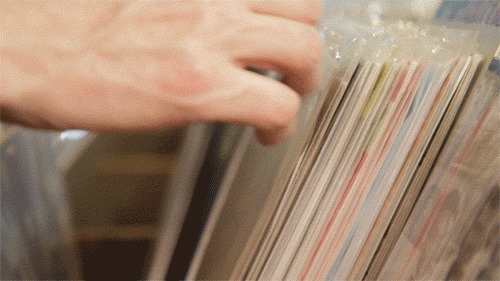
Get a chance to not only buy old & new forward-thinking music without genre limitation you like but also to get to know Locals, DJs, Labels and/or Producers in person.
Mariahilfer Str. 101, 1060 Vienna
Dez Andres & Mike Huckaby | The Get Up Detroit Pt. 2
Kuba Sojka | Live on SMN TV
Covalence | Discover Detroit’s Techno Roots
Underground Resistance | w/ John & Cornelious
By Alex Atwell at click on detroit / Photojournalist – Ken Haddad
24.05.2019 | Bang Tech 12 / Detroit USA
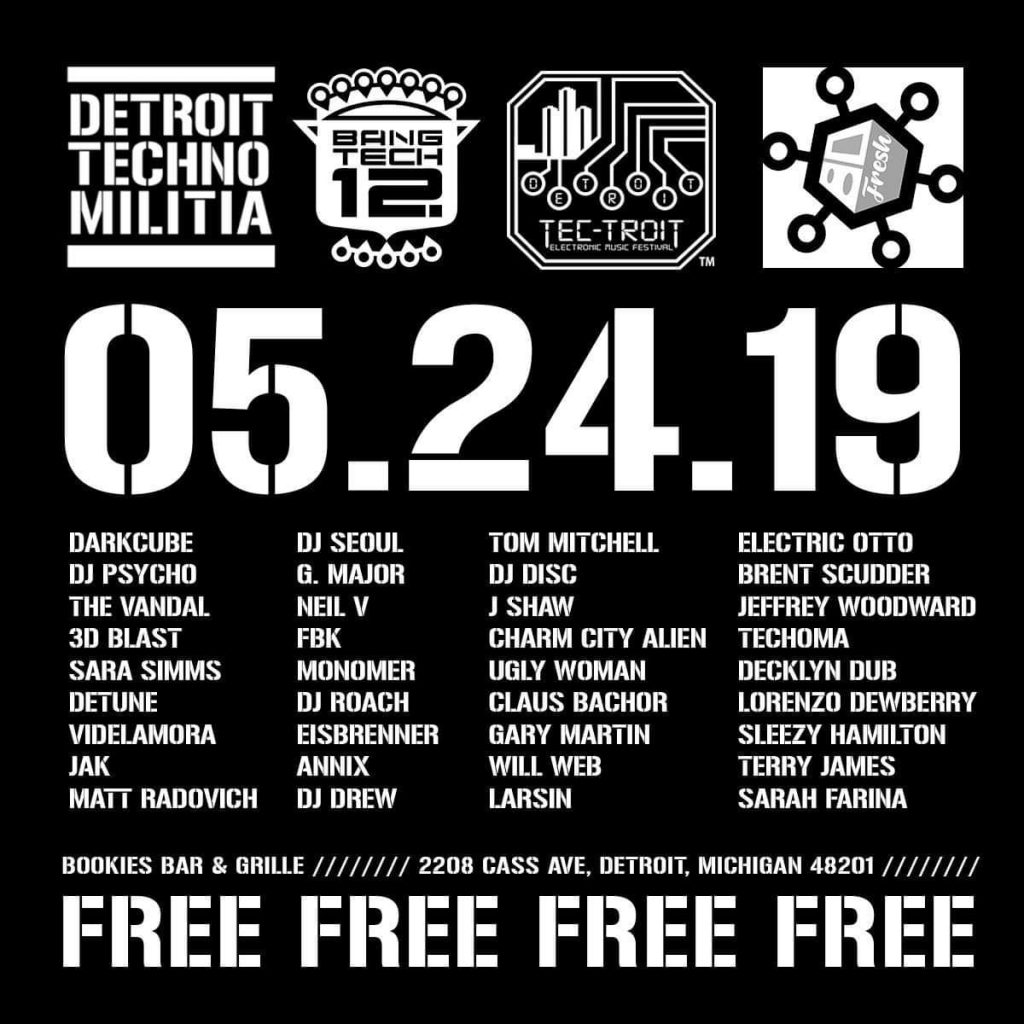
Wu-Tang Clan | NPR Music Tiny Desk Concert
25 – 27 .05.2019 | Movement Electronic Music Festival / Detroit USA
The Roots (feat. Bilal) | NPR Music Tiny Desk Concert
“Anthony Shake Shakir” Frictional Recordings
DECISIVE EPISODE#56:
Its an honor and a privilege to finally have today on the Decisive Podcast Series Special my friend “Anthony Shake Shakir” Frictional label owner, musician, dj, producer, out spoken person, shy, funny, humorous and cool. Its been difficult for me to manage to get a private interview with him, so Its my hopes that you will take the time to listen in to his interesting point of view and his story. Although he is still active musically, we focus a lot on his Frictional label works during the years of Frictionalizm 1994-2009, Tunes Like Anthony – Shake Mood Swing , Live for Friction, Roaming, Fact of the Matter, My Computer is an optimist, Simpatico, Fake left go right Plan, Assimilated, For the lamented, Psychotic Tangle, Get a Feeling, Little Black Robot, Perseverance. More on his production style and sampling secrets, In our conversation he credits other inspirational colleagues such as Daniel Bell, Marty Bonds , Jay Denham, Kevin Kennedy, Juan Atkins, Octave One Brothers, DJ extraordinaire Terrence Parker, Lenio Purry, Brian Bonds, Brian Boyer and Kenneth “Kech” Harrington, Tyler Dancer.
Hosted by: Roberto Ingram
Jeff Mills Exhibitionist 2 Studio Mix
Cecil Taylor | 25. March (1929) – 5. April (2018)
Cecil Taylor obituary..
Jazz pianist with a radical improvisation style described as one of the most ‘incorrigibly sublime’ figures in the recent history of music.
The maverick African-American jazz pianist and poet Cecil Taylor, who has died aged 89, gave an impression of constant motion and restless speed. He fused a virtuosic classical technique and an improvisational jazz one in a frenzy of fingerwork augmented by pounding fists and elbows, blurring quicksilver sequences of notes into firestorms of sound.
An elfin figure with dreadlocks flying, darting, crouching and twisting like the ballet dancers with whom he had a lifelong affinity, he moved with impulsive speed onstage or off. Verbally, he unleashed streams of disparate thought splicing philosophy – he read Schopenhauer at his mother’s suggestion as a child – politics, poetry, anecdote and in-the-moment observation.
For much of his career, Taylor remained an uncategorisable one-off both personally and artistically. There always seemed to be too much crowding into his consciousness to process in one lifetime, but witnessing him endlessly wrestling with it was the source of his immense charisma in the left-field world of experimental contemporary music and free jazz.
Though the childhood classical-piano prodigy was initially hailed as a promising newcomer, for his remarkable 1956 album debut, Jazz Advance, and widely noted appearances at New York’s Five Spot club and at the 1957 Newport jazz festival, Taylor’s growing experimentalism was mostly rejected by commercial promoters for the first two decades of his career. In 1962 he even faced the frustrating contradiction of becoming Down Beat magazine’s New Star in its piano category at a time when he was out of work, and had been forced to disband his quartet with the saxophonist Archie Shepp.
But Taylor nonetheless found ways to make music with some of the most creative descendants and developers of the 1940s bebop revolution of Charlie Parker and Thelonious Monk. The saxophonists Albert Ayler, Steve Lacy, Sam Rivers and Shepp, bassists Henry Grimes and Alan Silva, and the drummers Sunny Murray and Andrew Cyrille were participants in the pianist’s informal circle in the 60s – players of a stylistically looser post-bebop generation, receptive and technically adaptable enough to thrive in Taylor’s tumultuous soundworld.
By the early 70s, however (helped by growing fame in Europe), he was getting busy enough to transcend the economy of welfare subsistence and dishwashing jobs he had depended on for 15 years or more. Taylor briefly worked as a college teacher (though he was too imperiously dismissive of less mercurial minds than his to be an educator), won a Guggenheim Fellowship in 1973, toured in Europe and Japan, performed at Jimmy Carter’s White House in 1978, composed for the ballet star Mikhail Baryshnikov in 1979 and was enthusiastically embraced by Europe’s burgeoning free-jazz movement in the following decade.
When he received a National Endowment for the Arts Jazz Masters award in 1990, and a generous MacArthur Foundation grant in 1991, Taylor began to experience something like financial security for a life obsessively devoted to bringing experimental music-making out of the shadows, and surviving as an enduring beacon for adventurous performance artists all over the world.
Born in Long Island City, Queens, in New York, Cecil was raised in nearby Corona, the only child of Percy Taylor, a chef, and his second wife, Almeida (nee Ragland), a multilingual former actor and dancer, and a jazz-devoted amateur pianist. She regretted her son’s disinclination to become a lawyer or a doctor, but encouraged his interest in jazz and the piano. He was devastated by her death when he was only 14, and told me in 1988 that he believed he had developed intestinal ulcers as a teenager because he thought her disappointment when he played hookey from school had killed her.
In the early 50s, he studied classical piano at the New York College of Music in Manhattan and then at the New England Conservatory in Boston, where he also immersed himself in the composing methods of Stravinsky, Bartók and Elliott Carter. He started visiting jazz clubs, becoming intrigued by the piano methods of Duke Ellington, Bud Powell, the sophisticated but overlooked Cool School pianist Dick Twardzik, Dave Brubeck (for the density of his chords), Monk, and the earthy, blues-rooted Horace Silver.
Taylor made the Jazz Advance album for the Transition label with a band including Lacy and the jazz/classical bassist Buell Neidlinger, who was to become a lifelong collaborator. It became one of the most acclaimed recording debuts in jazz, for Taylor’s radical but sympathetic development of blues and ballad forms, and imaginative stretching of Monk’s already radical rhythmic approach.
Indicating in his own compositions that he was moving beyond jazz’s traditional song-form structures and melodies, he recorded a session reprising the rugged hard-bop style with John Coltrane in 1958, and confirmed his growing ingenuity and jagged melodic conception in his contributions to the 1961 Gil Evans and Johnny Carisi session, Into the Hot.
The following year, and into 1963, Taylor’s trio with Jimmy Lyons and Sunny Murray played a long tour of Scandinavia. Their performances from Cafe Montmartre in Copenhagen have become legendary episodes of early free jazz, even if the recordings’ audio qualities left something to be desired. In 1964, Taylor became firmly associated with the vanguard of contemporary jazz, joining the cooperative Jazz Composers Guild and later with the Jazz Composers Orchestra that included Carla Bley and Michael Mantler.
But it was the album Unit Structures (1966) that showed just how far Taylor had distanced himself from the jazz mainstream, and developed a language that only he and a handful of alert and skilful partners could share. Some of the music was written, but not in conventional notation, and much of it was improvised within Taylor’s loose guidelines. Interlocking sequences of musical cells, sometimes predominantly melodic, sometimes percussive, now replaced chord sequences, or narratives reflecting the shapes of songs.
As well as in versions of his Cecil Taylor Unit album, the pianist also went on to perform widely as an unaccompanied soloist – documented on such diverse recordings as the Fly! Fly! Fly! Fly! Fly! (1980) and For Olim (1986). Taylor’s solo shows were often extraordinary episodes in which he would duck and dance around the piano as well as thunderously (and sometimes lyrically) play it, and intently recite anything from observations on Aztec culture to zoology and aesthetics. It was a personal performance art through which Taylor sought to connect his polymathic self-education, knowledge of jazz and European classical music, and the African-American traditions of dance and communal celebration.
He also fruitfully came to favour the duo form as an improviser – with the great bebop drums pioneer Max Roach, with free-music innovators and performance artists including the Amsterdam-based cellist Tristan Honsinger, British percussionist Tony Oxley, and Japanese dancer Min Tanaka, among many. His fellow artists’ gratitude for his liberating influence on techniques and conceptions in free jazz, improvised music and exploratory composition found its most generous expression at a month-long festival devoted to him in East and West Berlin in 1988, released as the multidisc FMP set Cecil Taylor in Berlin ’88.
In 1991 he told the New York Times, in the context of queries about his sexuality, that gay was a three-letter word that did not come near defining the complexity of his humanity.
Into the 21st century, Taylor lived as quietly and alone in his Brooklyn house in later years as a firebrand like him could, but sustained his piano virtuosity into his 80s, continuing sporadically to play clubs, concerts and museum spaces. He won Japan’s half-million-dollar Kyoto Prize in November 2013 for his contribution to the “cultural, and spiritual betterment of mankind”, but was allegedly defrauded out of much of it by a purported friend who had accompanied him to Kyoto to collect it – a disaster that probably brought Taylor bigger headlines than his work had ever done.
In 2015 he performed a haunting tribute to Ornette Coleman at the latter’s funeral and the following year played with Oxley and Tanaka at the Whitney Museum of American Art in New York, as part of an exhibition and residency in his honour.
The New Yorker critic Alex Ross called Taylor “one of the greatest, most unswervingly original, most incorrigibly sublime figures in the recent history of music” – and “incorrigibly sublime” neatly nails the power of this unique figure. Taylor’s was an art with all its own terrifying and inspirational beauty, fuelled by perceptions of life and art over which he plainly had no choice.
Source: The Guardian
